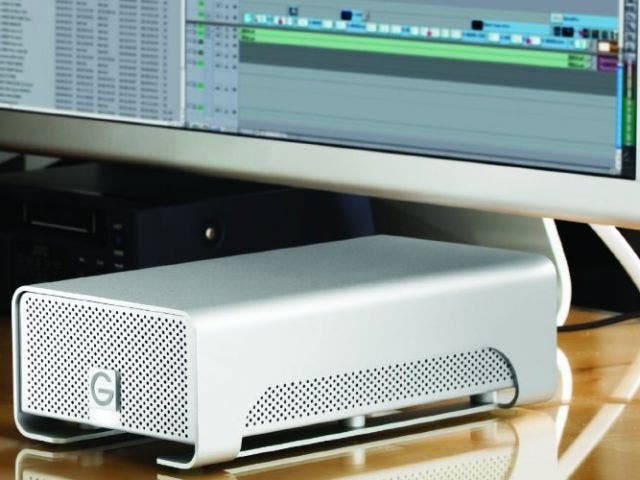

Secure intent and connections to the Secure Enclave.Boot process for iOS and iPadOS devices.LocalPolicy signing-key creation and management.Contents of a LocalPolicy file for a Mac with Apple silicon.recoveryOS and diagnostics environments.Additional macOS system security capabilities.UEFI firmware security in an Intel-based Mac.Encryption and Data Protection overview.Protecting keys in alternate boot modes.Protecting user data in the face of attack.Activating data connections securely in iOS and iPadOS.How Apple protects users’ personal data.Protecting access to user’s health data.Intro to app security for iOS and iPadOS.

#Macfuse monterey how to#
How iMessage sends and receives messages. How to enable system (kernel) extensions on your Apple Silicon M1/M2/ventura/Monterey Mac when seeing the System Extensions Blocked or Updated error.iPhone Text Message Forwarding security.Kernel extensions in a Mac with Apple silicon Kexts must be explicitly enabled for a Mac with Apple silicon by holding the power button at startup to enter into One True Recovery (1TR) mode, then downgrading to Reduced Security and checking the box to enable kernel extensions.
#Macfuse monterey password#
This action also requires entering an administrator password to authorize the downgrade. The combination of the 1TR and password requirement makes it difficult for software-only attackers starting from within macOS to inject kexts into macOS, which they can then exploit to gain kernel privileges.Īfter a user authorizes kexts to load, the above User-Approved Kernel Extension Loading flow is used to authorize the installation of kexts. The authorization used for the above flow is also used to capture an SHA384 hash of the user-authorized kext list (UAKL) in the LocalPolicy. This is without any malware, with freshly installed copy of macOS Monterey 12.4 on my new M2 MBP.
#Macfuse monterey install#
It did not, I cannot even install something like CyberDuck from appstore without reboots, see: Cannot click on either button, or close the dialog. The kernel management daemon ( kmd) is then responsible for validating only those kexts found in the UAKL for inclusion into the AuxKC. I uninstalled macFUSE to see if the issue would go away. If System Integrity Protection (SIP) is enabled, the signature of each kext is verified before being included in the AuxKC. If SIP is disabled, the kext signature isn’t enforced. This approach allows Permissive Security flows for developers or users who aren’t part of the Apple Developer Program to test kexts before they are signed.Īfter the AuxKC is created, its measurement is sent to the Secure Enclave to be signed and included in an Image4 data structure that can be evaluated by iBoot at startup. As part of the AuxKC construction, a kext receipt is also generated. This receipt contains the list of kexts that were actually included in the AuxKC, because the set could be a subset of the UAKL if banned kexts were encountered.


 0 kommentar(er)
0 kommentar(er)
